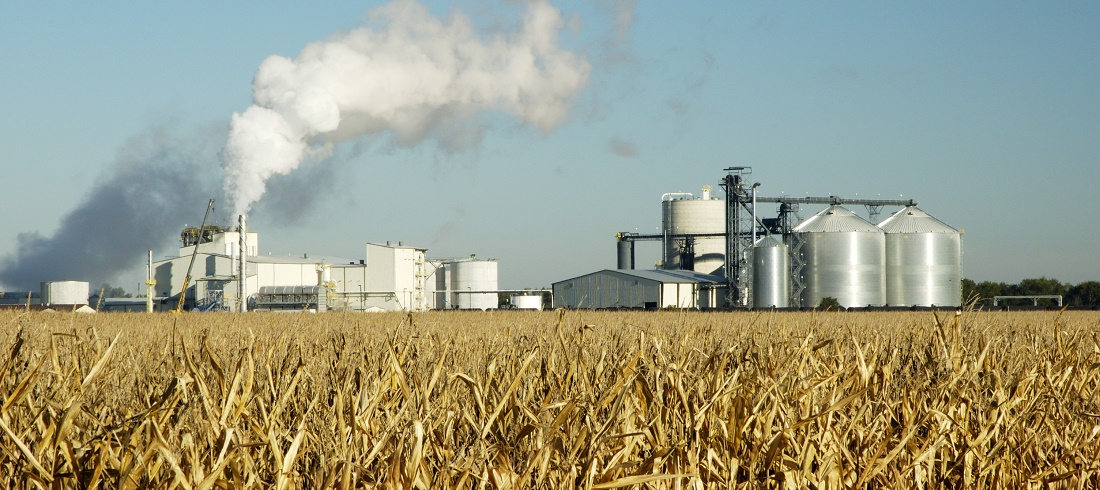
As corn retreats, Brazil’s leading grain state bets on alternatives
Apr, 26, 2024 Posted by Gabriel MalheirosWeek 202417
Brazilian farmers in Mato Grosso state have cut the area planted with second corn this season by 10% as low prices push them to cultivate alternative crops, a trend they say is likely to continue.
Brazil’s second corn must be sowed immediately after the soybean harvest to avoid the dry and colder season. In 2024, it will represent about 77% of national production, according to crop agency Conab.
“I am discouraged about planting corn in the coming years and in the next will try other options,” said farmer Jose Soares, adding he is experimenting with canola this season and others were cultivating sesame, mung beans, chickpeas and castor.
Mato Grosso growers say second corn, which is also known as safrinha corn and competes with U.S. corn exports in the second half of the year, will remain the biggest after-soy crop in the state.
But they say diversification is the way to be competitive given commodity cycles.
This year, before the second corn season began, Mato Grosso farmers say they harvested just enough soy to cover costs after a strong El Nino in Brazil’s center west brought excessive heat and dryness. That reduced output, although large South American supplies have kept soy prices low.
Abundant rains in April after a dry March boosted farmers’ confidence that second corn yields and production will be high this year, Mato Grosso farmers said. But China’s ample supplies could mean it will need less of Brazil’s corn.
“The world’s cheapest corn sits here in Mato Grosso,” said Soares, who reduced his second corn area by around 15% in 2024.
Cayron Giacomelli said he planted his second corn within the ideal climate window, albeit on a 15% smaller area. After the window closed, he turned to sesame and other forage crops.
Because of corn’s low price, Giacomelli said he sold about 45% of his estimated safrinha output compared with about 80% this time last year.
In contrast to the others, Endrigo Dalcin said he increased his safrinha corn plantings, but also cultivated some sesame because “it’s cheaper [to grow], less risky and the price was very good.”
“We will spend two or three difficult years in agriculture,” he said. “We’ve farmed for 44 years and seen highs and lows.”
-
Other Cargo
Feb, 01, 2023
0
Commercial balance: Chemical industry records deficit of us$ 63 billion in 2022
-
Coffee
Feb, 10, 2021
0
Brazilian coffee exports down 9.4% in January
-
Shipping
Dec, 11, 2023
0
Jiangnan Shipyard unveils design for the ‘world’s largest’ nuclear-powered containership
-
Ports and Terminals
Nov, 27, 2024
0
Paranaguá Container Terminal Achieves New 12.6 m Operating Draft

